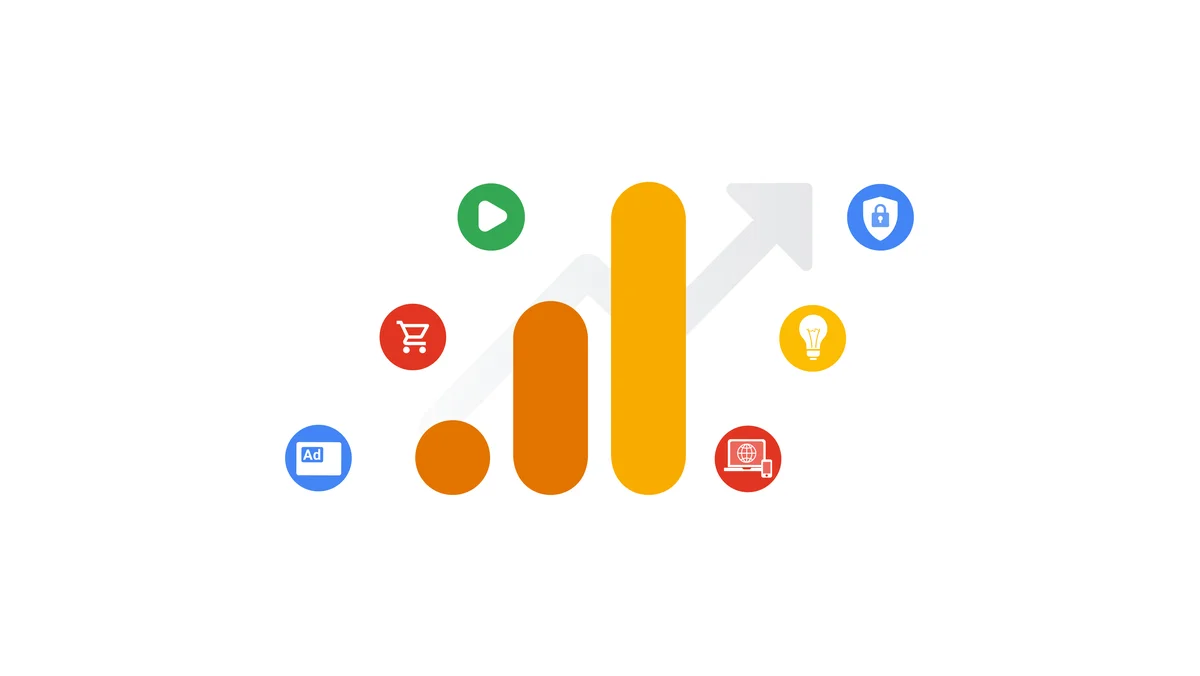When Does the Google Analytics Tracking Code Send an Event Hit to Analytics? A Deep Dive into User Interactions
When Does the Google Analytics Tracking Code Send an Event Hit to Analytics? A Deep Dive into User Interactions
Blog Article
Optimize Your Internet Site Performance With Google Analytics Tracking Code
In the electronic landscape, understanding customer interactions with your web site is important for optimization. By integrating the Google Analytics tracking code, you can open a wealth of info concerning visitor habits, allowing you to keep track of essential metrics and recognize potential locations for improvement. This calculated implementation not only notifies your choices but also leads the way for an extra engaging user experience. Nonetheless, the actual challenge depends on effectively analyzing this information and translating insights right into workable approaches. What steps can you require to guarantee you are fully leveraging these insights for optimal performance?
Comprehending Google Analytics
Comprehending Google Analytics is necessary for web site proprietors and marketing professionals intending to maximize their on-line existence. This effective device gives critical insights right into customer actions, permitting stakeholders to make data-driven choices. By tracking numerous metrics, such as page views, bounce rates, and user demographics, Google Analytics helps recognize which facets of a website are performing well and which require improvement.
One of the key attributes of Google Analytics is its capability to sector data. Users can analyze website traffic sources, customer engagement, and conversion rates throughout different segments, such as geographic areas or gadget kinds. This granularity makes it possible for online marketers to tailor their approaches to certain audiences, thereby improving the effectiveness of their projects.

Establishing Tracking Code
To harness the complete potential of Google Analytics, establishing up the monitoring code correctly is an essential step. The monitoring code, a snippet of JavaScript, allows Google Analytics to accumulate data regarding customer interactions on your web site.
Following, you'll need to embed this code into the HTML of your site. Ideally, place the tracking code prior to the closing tag on every page you desire to keep track of. Take into consideration using plugins that help with simple assimilation. if you're using a material monitoring system (CMS) like WordPress.
After implementing the code, it's vital to validate its functionality. Use the "Real-Time" reports in Google Analytics to validate that information is being collected as expected. By making certain correct setup, you create a solid foundation for efficient information evaluation and critical decision-making to improve your website's efficiency.
Key Metrics to Monitor
On a regular basis monitoring key metrics in Google Analytics is vital for examining your internet site's efficiency and individual interaction. Among the fundamental metrics to track are page sights, which give understanding right into exactly how usually customers check out various pages on your site. In addition, special visitors help you understand the reach of your web content by suggesting the amount of distinct customers are involving with your website over an offered period.
Bounce rate is another critical statistics, disclosing the percent of visitors who leave your website after watching just one web page. A high bounce price might signify problems with content relevance or customer experience. On the other hand, session duration indicates how lengthy visitors remain on your site, helping you gauge material effectiveness and customer rate of interest.
Conversion rates are vital for gauging the success of your site in achieving certain goals, such as kind submissions or product purchases (when does the google analytics tracking code send an event hit to analytics?). Monitoring website traffic resources is additionally essential, as it aids determine which networks drive one of the most traffic and conversions, permitting more targeted marketing methods
Analyzing Visitor Actions
In addition, tracking customer pathways via the site aids expose common navigating patterns. This info is important in determining whether individuals can easily find the web content they seek or if they encounter challenges that lead to frustration. Recognizing high departure web pages can highlight areas that might need redesign or more appealing content to preserve visitors.
Furthermore, segmenting customers based upon demographics, interests, and actions supplies a much deeper understanding of the target audience. This division makes it possible for businesses to customize web content and advertising approaches better, boosting the likelihood of conversions. Eventually, examining site visitor behavior not only educates site improvements yet additionally fosters an extra user-centric technique, bring about improved fulfillment and commitment over time.
Executing Data-Driven Adjustments
Implementing data-driven modifications is necessary for boosting website performance and achieving company goals. By leveraging insights gathered from Google Analytics, services can recognize areas for improvement and make notified decisions to optimize user experience.
First, evaluate essential performance indicators (KPIs) such as bounce prices, session duration, and conversion prices to pinpoint particular problems impacting individual interaction - when does the google analytics tracking code send an event hit to analytics?. For example, a high bounce rate on a landing page may show that the web content is not reverberating with site visitors or that the web page takes also lengthy to tons

Verdict
In final thought, the application of Google Analytics tracking code is crucial for maximizing site performance. By precisely keeping an eye on individual habits and crucial metrics, useful understandings can be obtained, promoting data-driven decision-making.
By tracking numerous metrics, such as web page views, bounce rates, and user demographics, Google Analytics helps identify which aspects of a website are performing well and which call for renovation.
Customers can examine website traffic sources, individual engagement, and conversion rates across various segments, such as geographical locations or tool types. The tracking code, a fragment of JavaScript, allows Google Analytics to gather data concerning user communications on your internet site.Regularly monitoring vital metrics in Google Analytics is crucial for examining your web site's performance and user involvement. By leveraging Google Analytics, site proprietors can get valuable understandings right into how customers communicate Related Site with their why not look here website.
Report this page